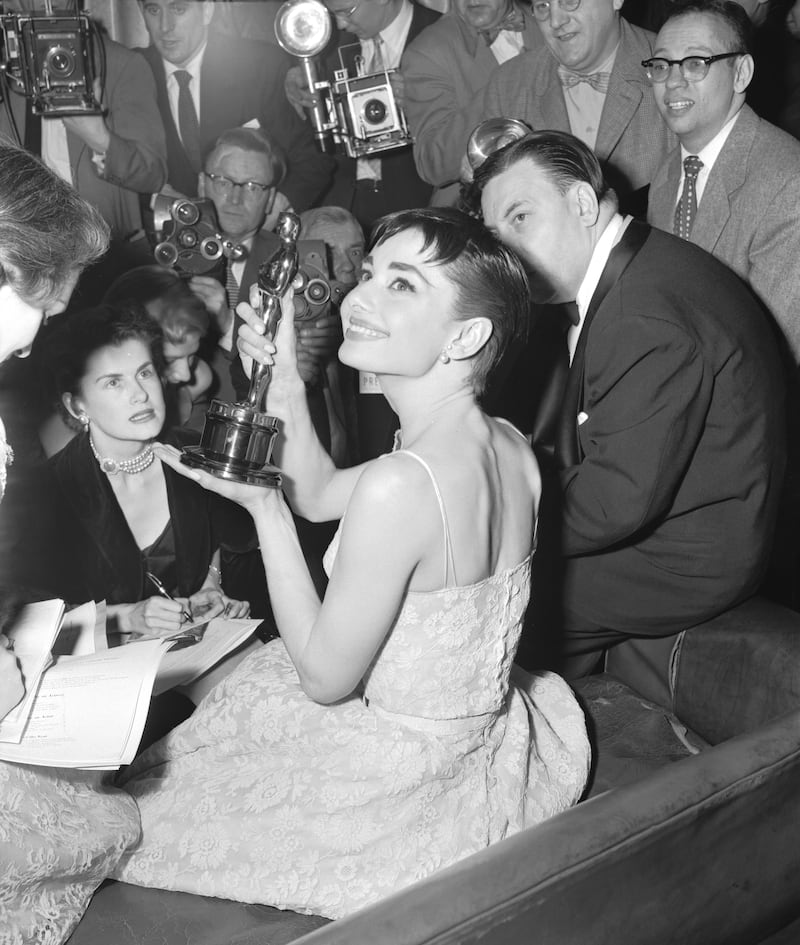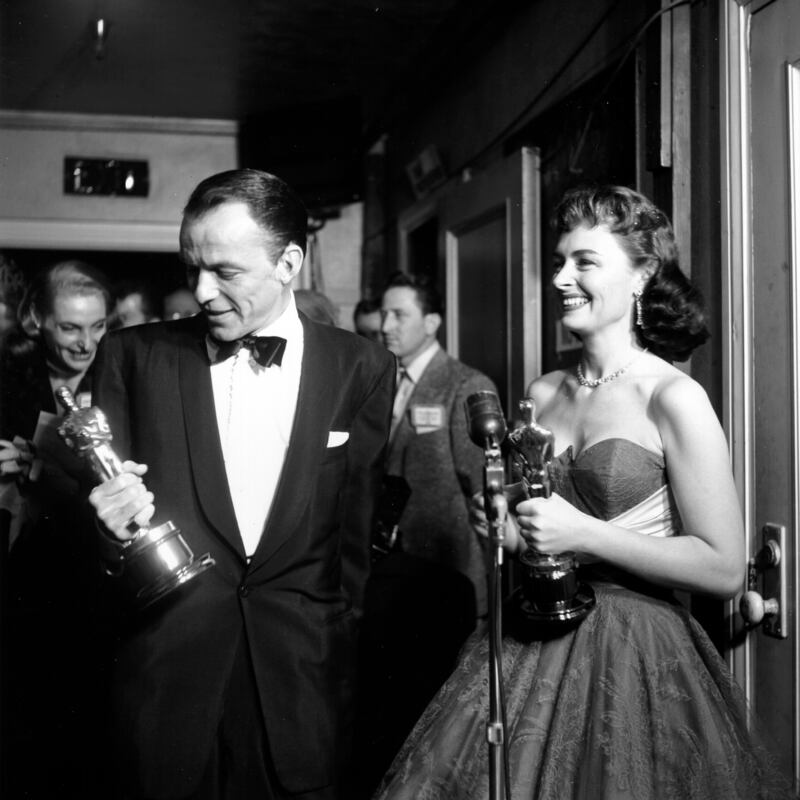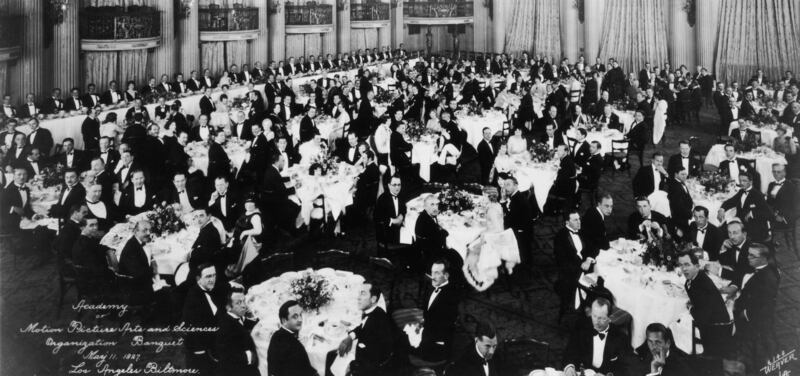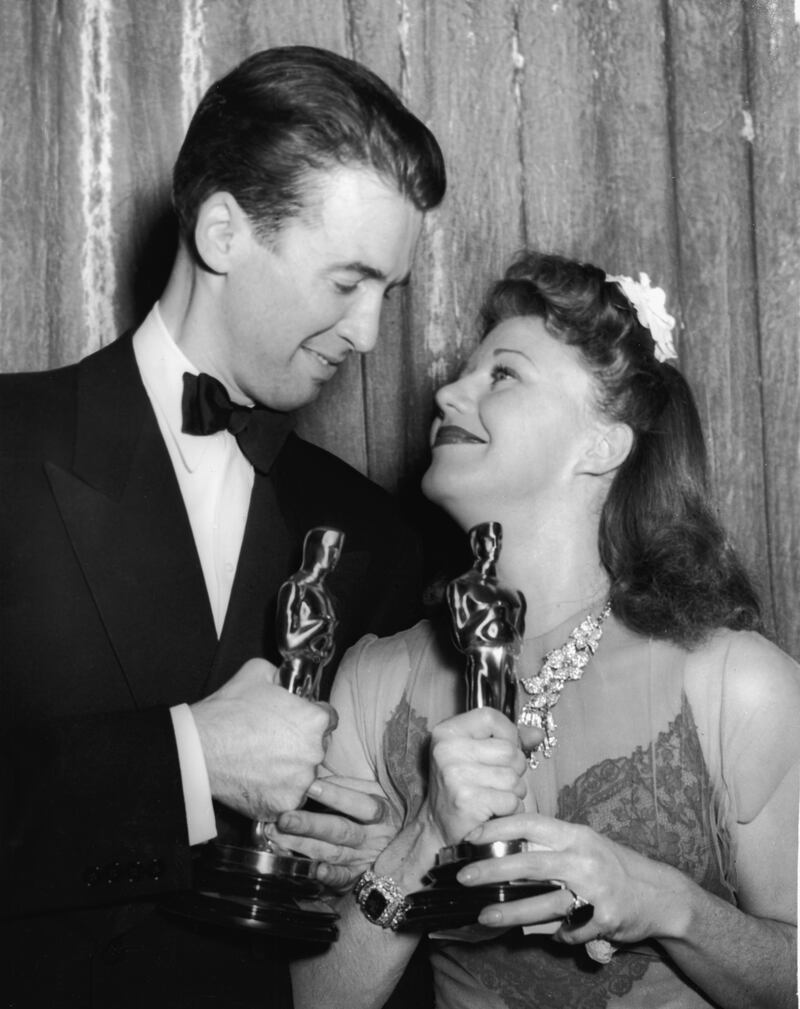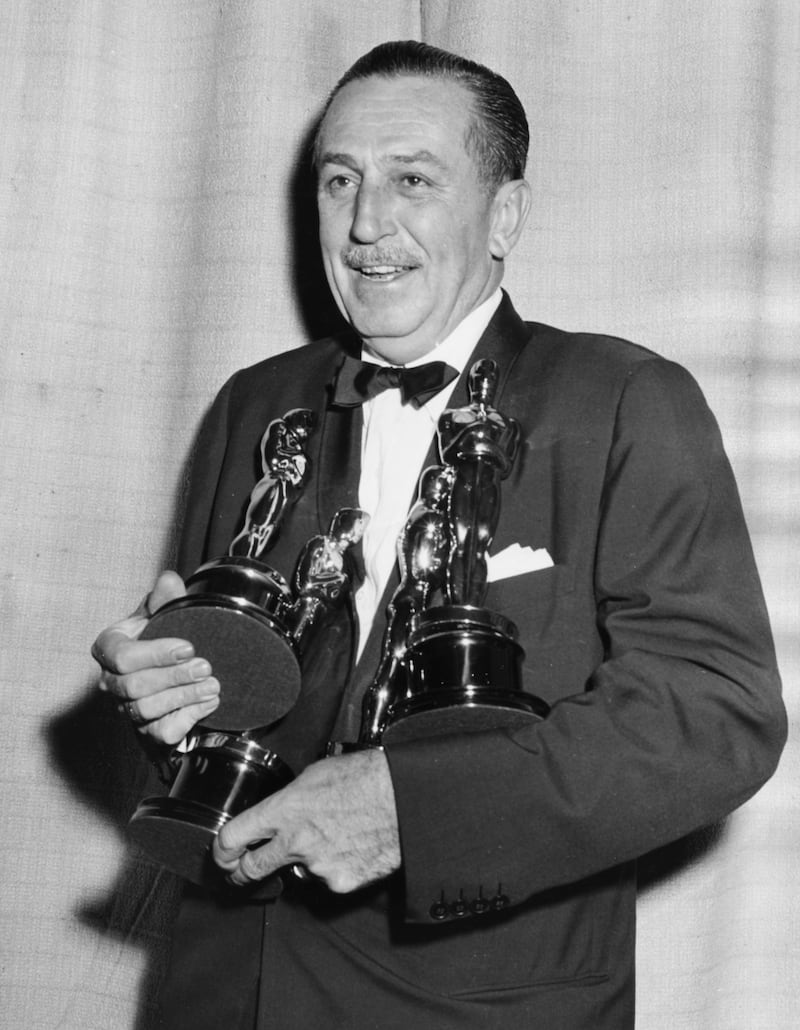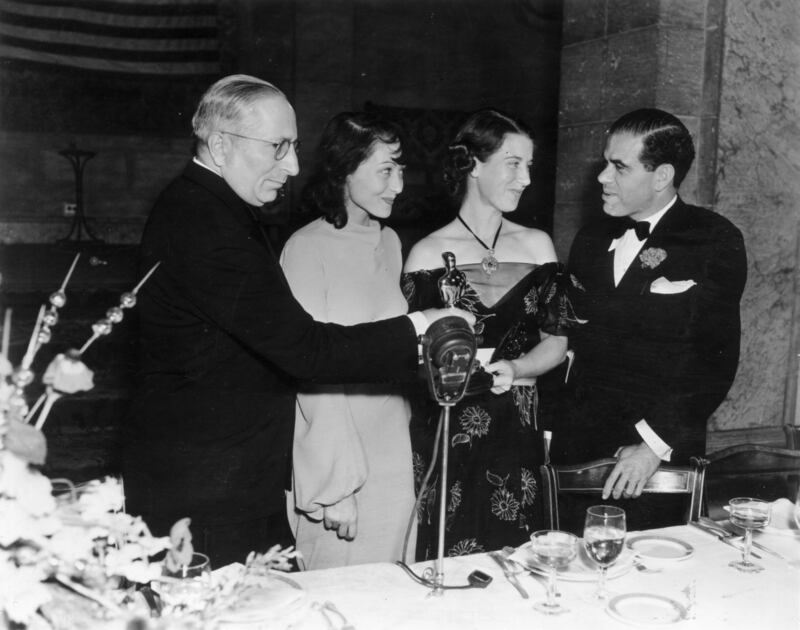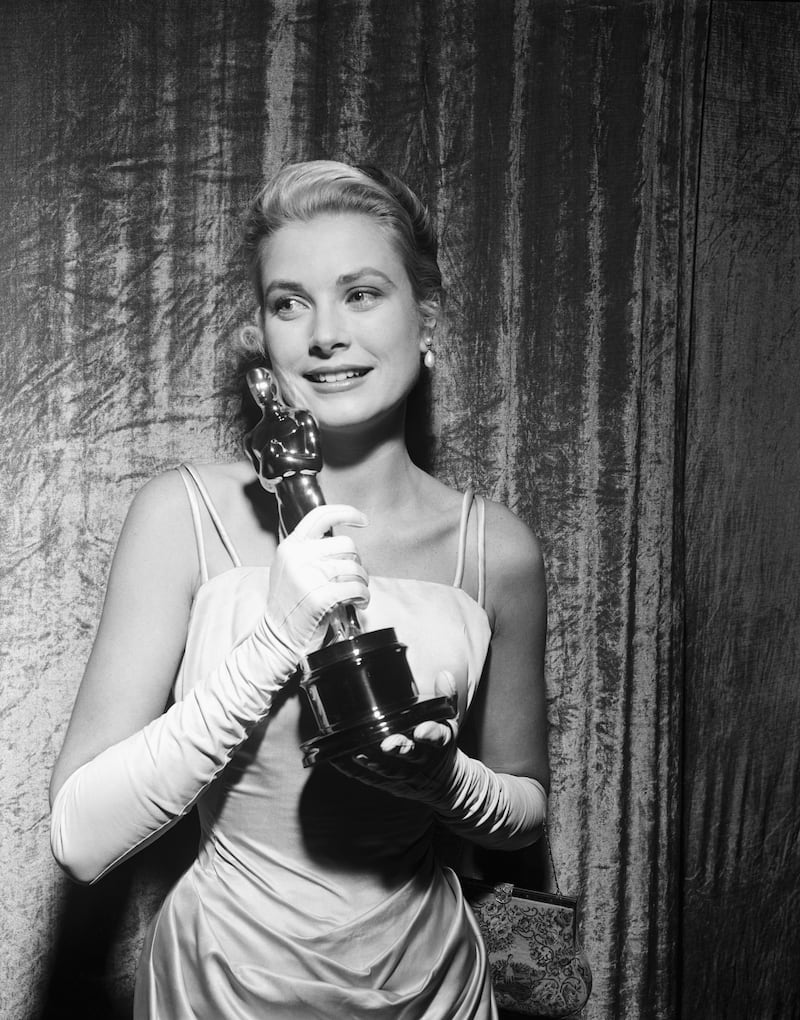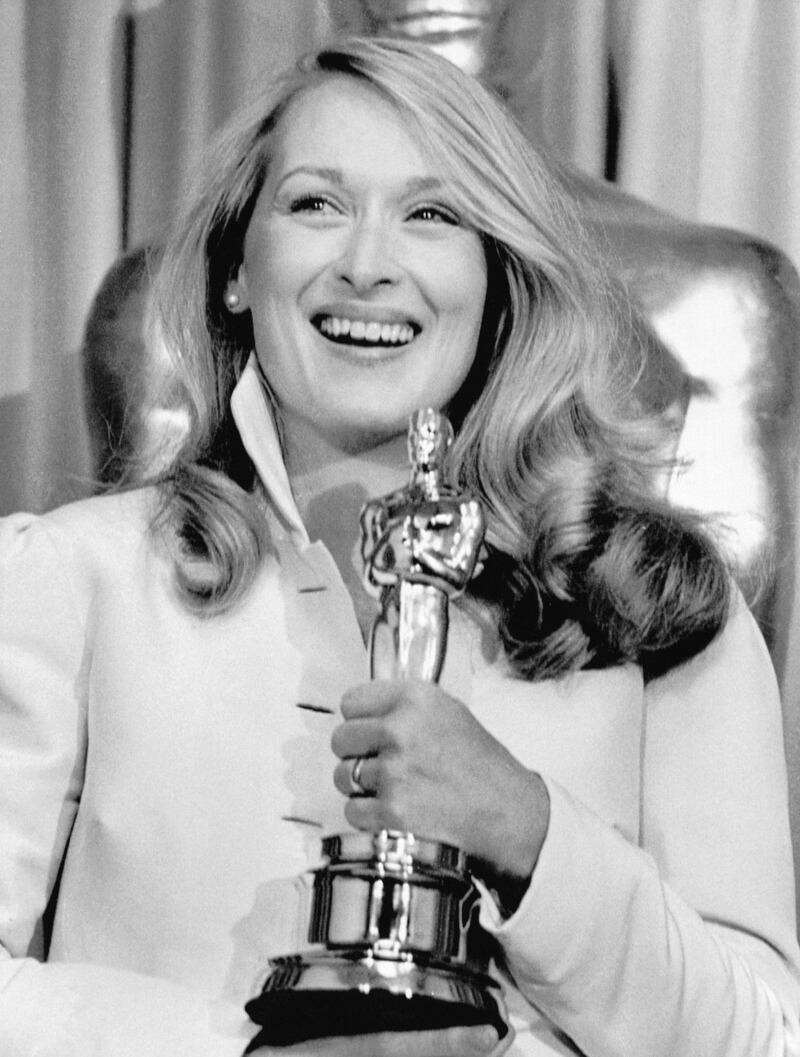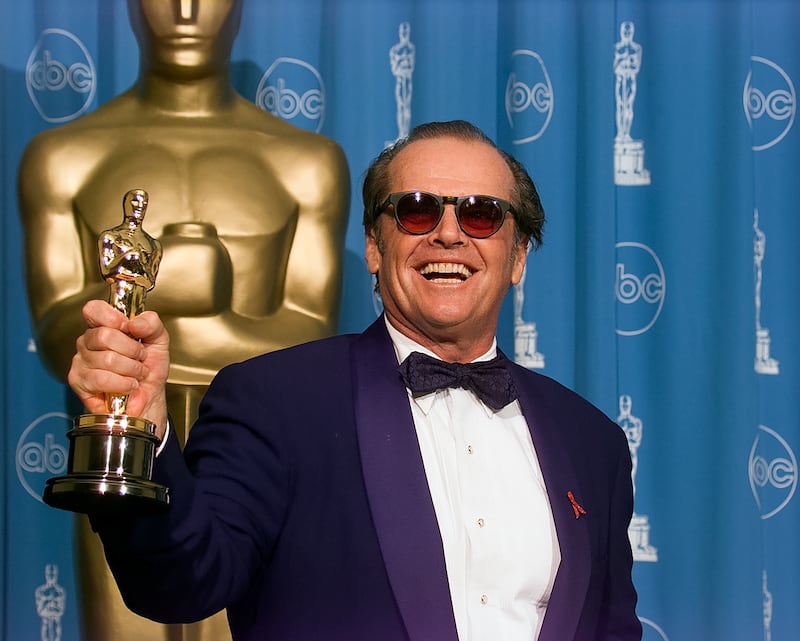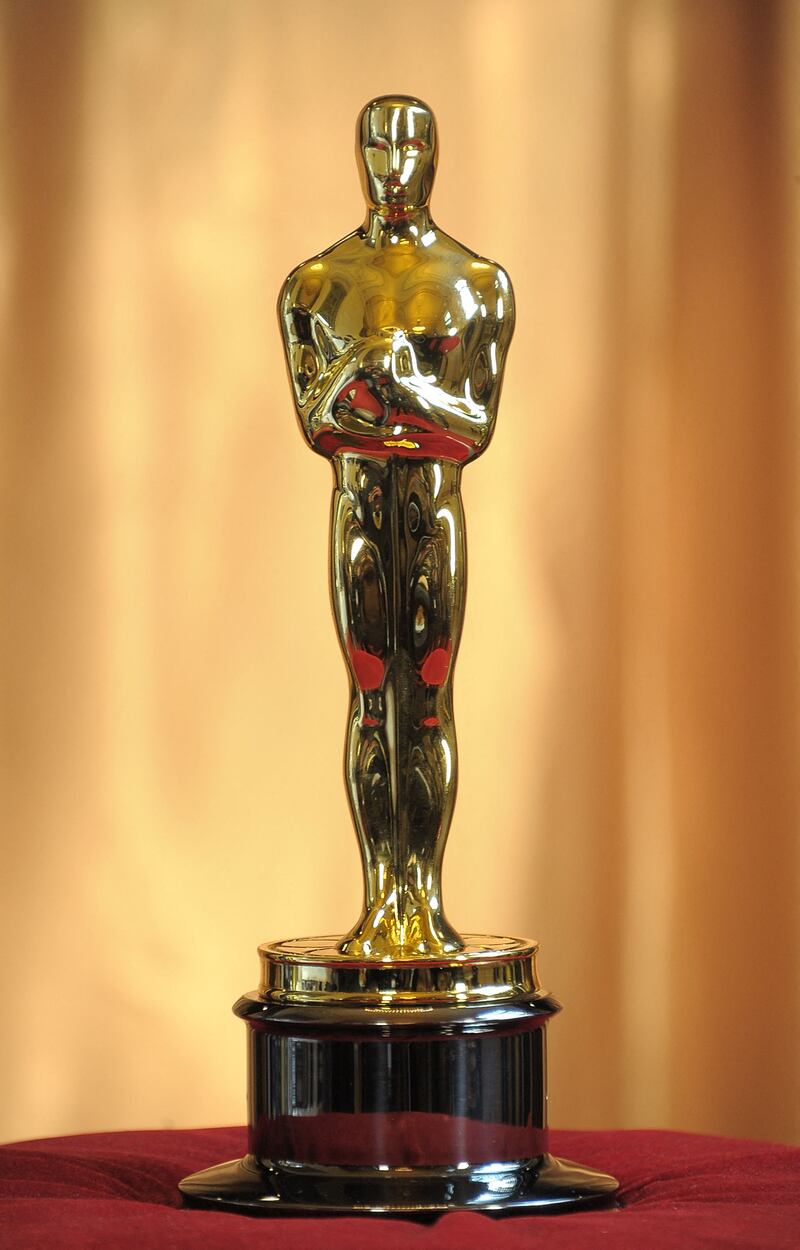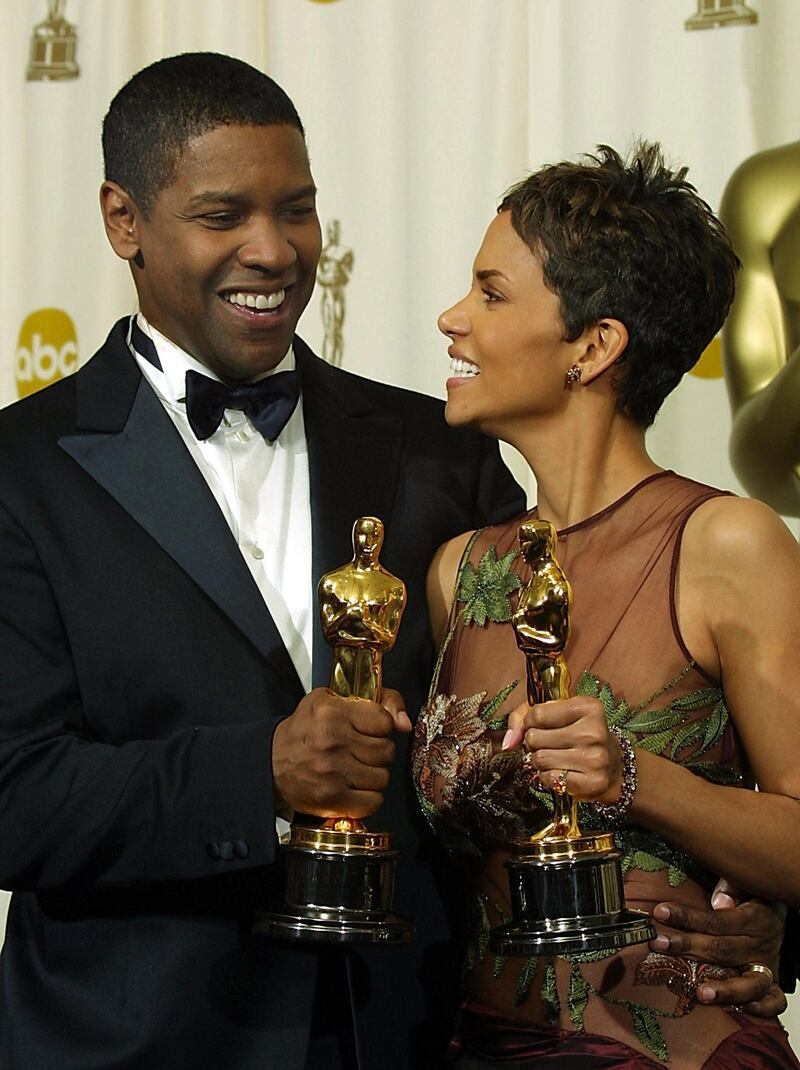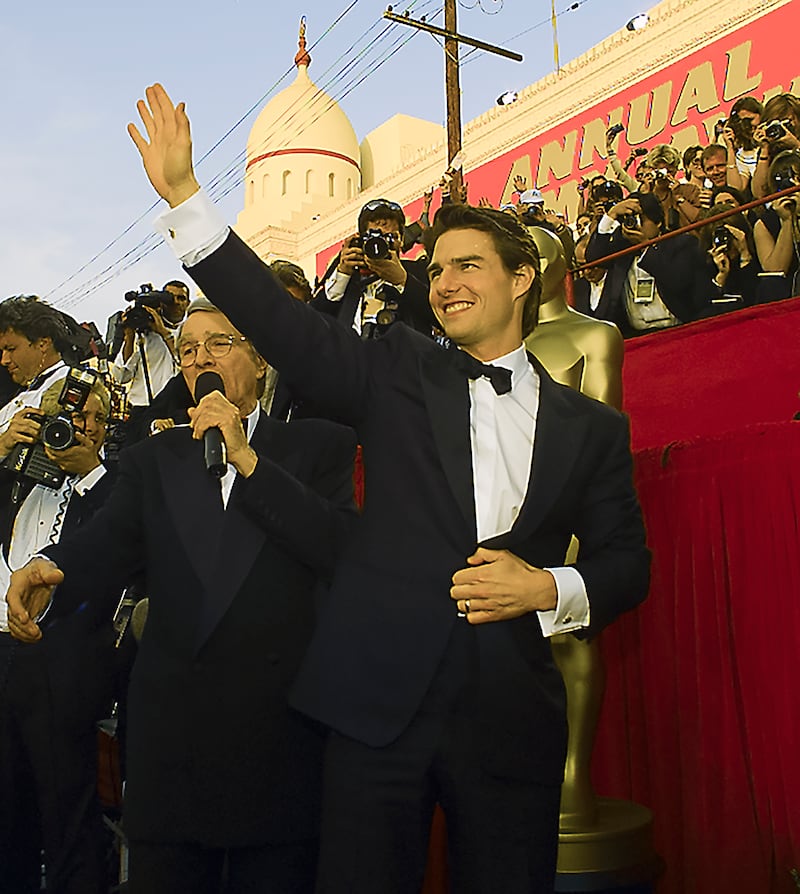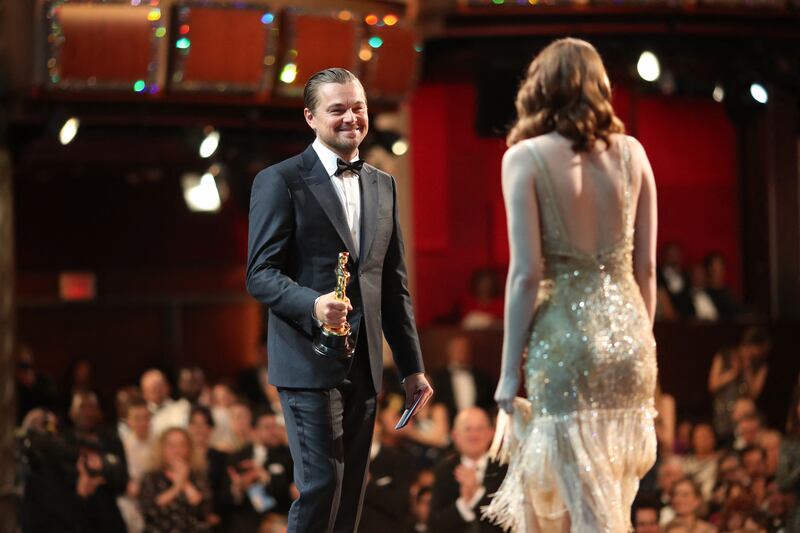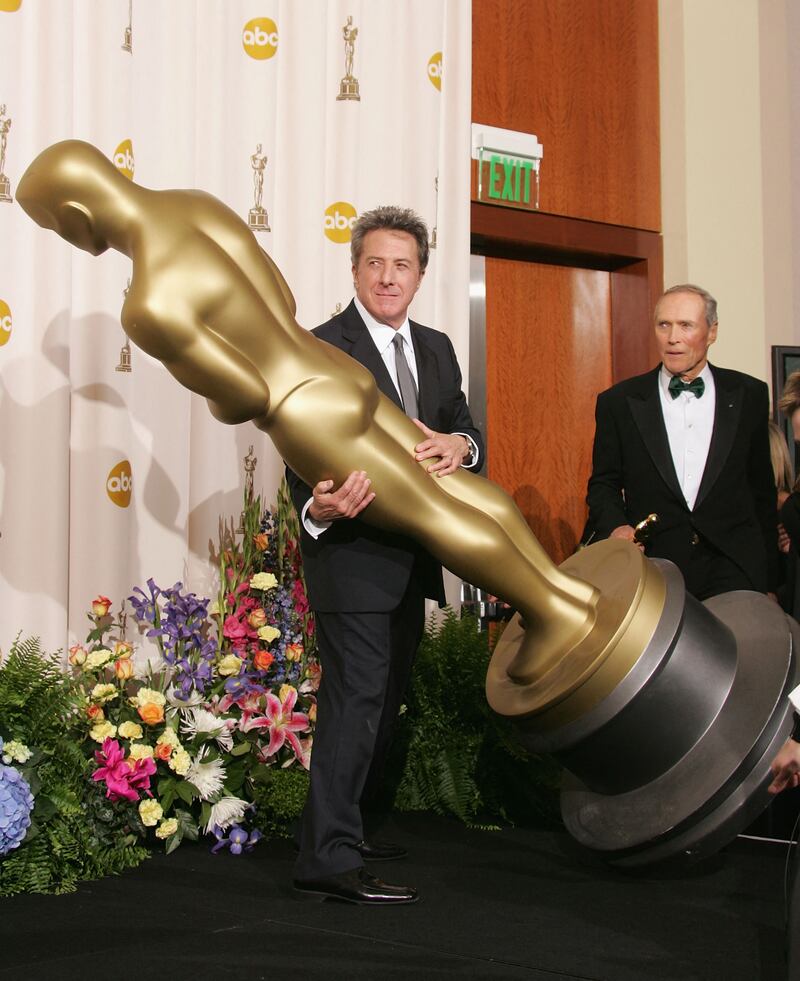This year's Oscars, which will be held on Sunday in Los Angeles, will be the 95th.
With thousands of Academy members attending and the recipients’ names kept top secret until the last minute, the glittering ceremony is a far cry from the first-ever awards, which were an invite-only dinner that cost only $5 to attend, with winners announced to the press three months in advance.
Plenty about the Oscars has changed, including the gradual move from 15 categories to 24, but one thing has stayed the same — the A-list attendees.
Here, we delve into the history of the world’s most famous awards ceremony.
Created to tackle Hollywood scandal
Producer and co-founder of the famed Hollywood studio Metro-Goldwyn-Mayer, or MGM, Louis B Mayer established the International Academy of Motion Picture Arts and Sciences, or Ampas, in 1927. Along with his close friends, director Fred Niblo, celebrated matinee idol Conrad Nagel and Fred Beetson, the head of the Association of Motion Picture Producers, they set up the non-profit organisation to mediate labour disputes without involving unions.
Mayer was also motivated by a desire to advance the movie industry at a time when middle America considered Hollywood to be a place of scandals and sinful behaviour, and when huge developments were being made, such as the release of the first “talkie”, The Jazz Singer, that same year.
Far from being the huge awards ceremony it is today, the Ampas (they quickly dropped the “International”) was more of a private members club with 36 founders and membership only open to five branches of the industry: producers, actors, writers, directors and technicians.
The first official meeting was held on May 6, 1927 and five days later, actor and director Douglas Fairbanks Sr was elected the first president of the academy.
The first Academy Awards
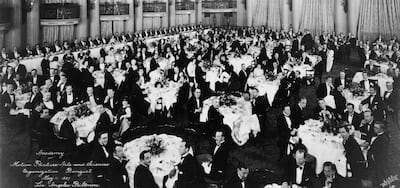
By 1928, the academy had begun building its library, filled with books about film and the industry. The following year, it joined forces with the University of Southern California to create America's first film school. Later alumni would include Oscar-winning director Ron Howard, Black Panther director Ryan Coogler, Star Wars creator George Lucas and Grey’s Anatomy creator Shonda Rhimes.
It was also in 1929 that the first awards ceremony was held, on May 16, at a private dinner hosted by president Fairbanks at the Los Angeles Biltmore Hotel (now the Millennium Biltmore Hotel).
Around 270 people attended, each paying $5 a ticket ($86 in today’s money) with 15 statuettes handed out during a ceremony that lasted 15 minutes — a far cry from the three-hour-plus runtime of the modern Oscars.
Scroll through photos of Oscars history below
The first-ever Academy Award was given to Emil Jannings, who won Best Actor for his roles in the silent films The Way of All Flesh (1927) and The Last Command (1928). The Best Picture winner was Wings (1927).
The winners had been announced to the media three months before, a process that was changed the following year when awardees were revealed to the press at 11pm on the evening of the awards.
The academy through the years
For the first six awards ceremonies, the eligibility period to qualify for nomination spanned two years and recipients were judged on their performances across many films.
It wasn’t until 1957 at the 29th ceremony, that the Best Foreign Language Film category was introduced, now called the Best International Feature Film. In 2002, the first gong for Best Animated Feature was awarded.
Categories are not just added, however. Some have been taken away, such as the Juvenile Award. Dubbed the “Oscarette” — which, at 18cm-tall was half the size of the 35cm-high Oscar — famous child-actor Shirley Temple won hers at the 1934 ceremony at the age of six.
Discontinued in 1961, the Juvenile Award joined Best Dance Direction, Best Title Writing, Best Assistant Director, Best Engineering Effects and Best Original Musical or Comedy Score among the sections that no longer exist.
How the Oscar got its name and other facts
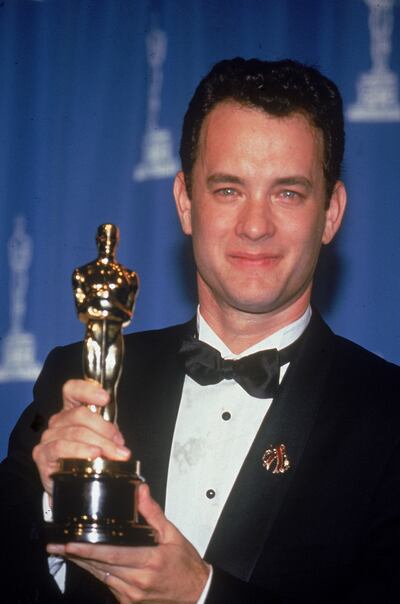
In a story that has become Hollywood legend, the award is said to have gotten its nickname courtesy of academy librarian and executive director Margaret Herrick, who commented that the statuette looked like her uncle Oscar.
The nickname was used informally within the industry to describe the golden statue until 1934 when, in his acceptance speech for The Three Little Pigs winning the Best Animated Short Film, Walt Disney publically referred to the award as “Oscar”.
The following day, show business columnist Sidney Skolsky wrote “Oscar” in print for the first time, but it wasn't until 1939 that the academy officially used the name too.
The statue was originally dubbed the Academy Award of Merit and depicted a knight holding a sword and standing on five reels of film, one for each of the branches of the Academy.
It was LA sculptor George Stanley who redesigned the statue in 1928, changing the shape of the knight, leaving the sword, which symbolised the defence of film and the arts, but removing the reels.
During the Second World War, owing to the shortage of metal which was commandeered for the war effort, the statuette was made of plaster. Three years after the war ended, plaster-award recipients were given replacements made of the current solid bronze, plated in 24-karat gold.
